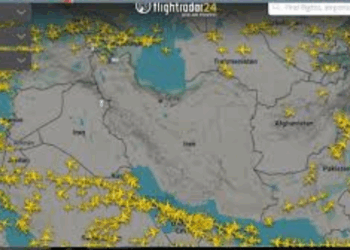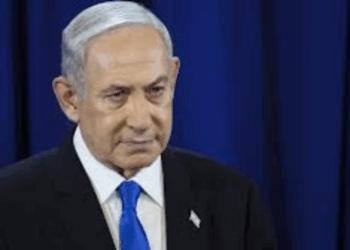New Delhi, April 27, 2025: Despite major investments in defense upgrades since 2019, India’s military remains underprepared for a potential confrontation with Pakistan, experts have warned, as tensions between the two nuclear-armed neighbors reach alarming levels.
An article by Mujib Mashal and Suhasini Raj for The New York Times highlights that during India’s last major standoff with Pakistan, the Indian military — though large in numbers — was exposed as bloated, outdated, and ill-equipped to respond effectively to border threats.
Following Pakistan’s downing of an Indian fighter jet in 2019, Prime Minister Narendra Modi launched an aggressive modernization drive, pouring billions into defense procurement, boosting domestic arms manufacturing, and forging new military alliances abroad. Yet analysts caution that the real test of these efforts may be imminent.
After a deadly attack on tourists in Indian-Illegally Occupied Jammu and Kashmir (IIOJK) — an act India attributes to Pakistan — the region is on the verge of a major escalation. India’s unprecedented threat to block key river systems flowing into Pakistan has further intensified fears, with Islamabad warning that such a move would be treated as an “act of war.”
Domestically, Modi faces immense pressure to retaliate following the killing of over two dozen tourists in Kashmir’s Pahalgam valley. However, experts suggest that India’s military vulnerabilities could force New Delhi to opt for limited operations — such as targeted airstrikes or special forces raids — instead of risking a broader conflict that could expose gaps in India’s military transformation.
A 2018 parliamentary report had categorized 68% of India’s military equipment as “vintage.” Although recent updates show improvements, over half of the arsenal remains outdated, and only a fraction meets modern standards. Analysts say while India’s capabilities have improved, the scale of the modernization challenge remains daunting.
In addition to facing Pakistan, India also contends with a growing strategic threat from China, particularly after the deadly 2020 Himalayan border clash. This two-front pressure has stretched India’s resources thin, forcing its military planners to prepare for simultaneous conflicts.
Dushyant Singh, a retired Indian general now leading the Centre for Land Warfare Studies in New Delhi, noted that while India has secured advanced weapons from Russia, France, and the United States, true war-readiness will require time.
“Our war stamina has to evolve beyond current capabilities,” Singh said. “Modernization takes time, it’s not an overnight fix.”
Meanwhile, bureaucratic hurdles, internal rivalries among military branches, and the death of a key reformist general in a 2021 helicopter crash have slowed India’s defense reforms. Though India’s booming economy — now the fifth largest in the world — provides greater funding opportunities, defense spending remains under 2% of GDP, well below what military experts deem necessary.
In Pakistan, by contrast, analysts note the military retains greater operational freedom and influence over national decisions, potentially allowing Islamabad to escalate tensions more aggressively if needed.
India’s assertiveness against Pakistan is also being closely watched by China, adding another layer of complexity to the strategic landscape. As Modi navigates rising domestic demands for action and the realities of military limitations, the coming weeks may test not just India’s military modernization — but also its ability to manage crisis without sliding into a devastating conflict.








